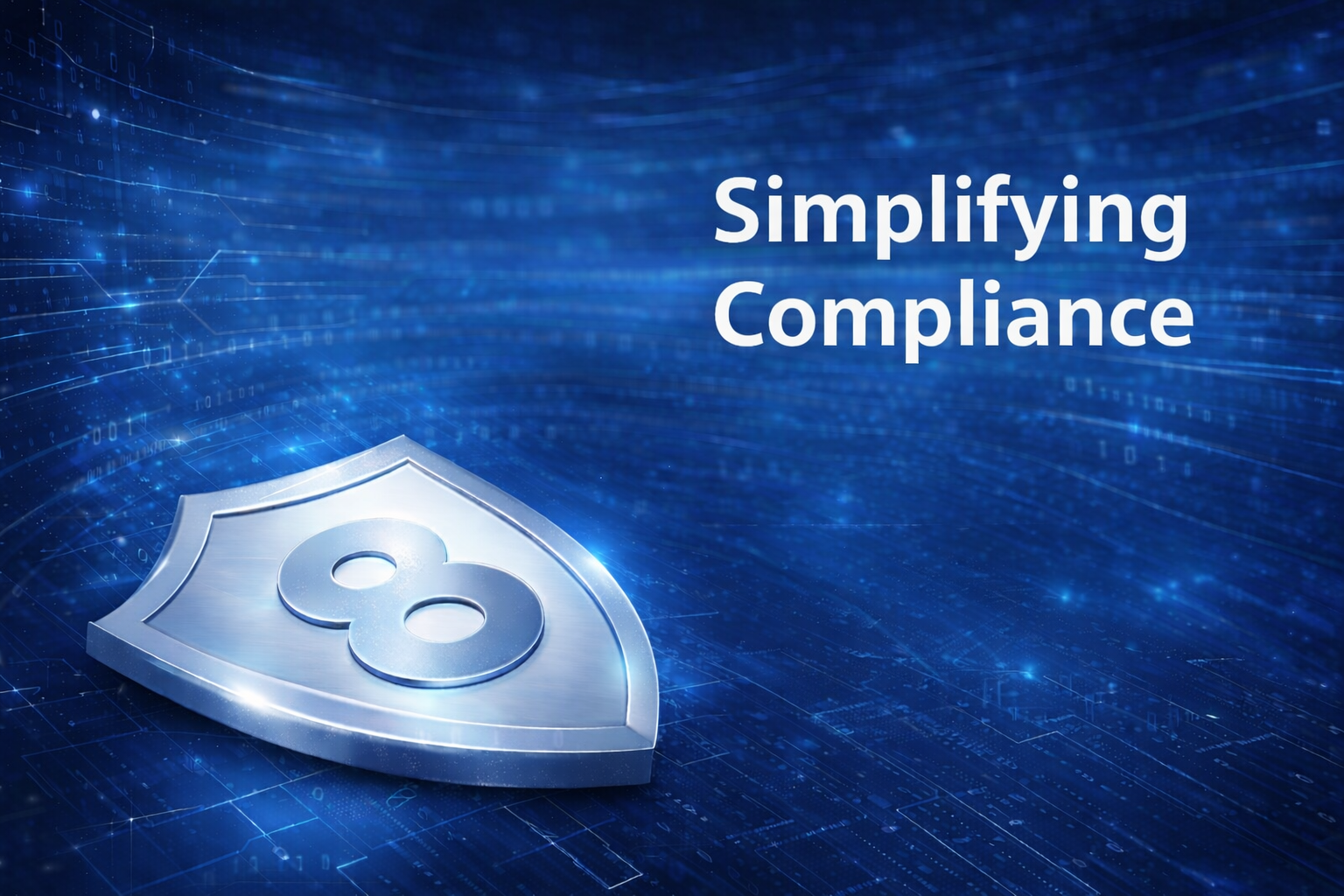5 Approaches to Counter a Cybercriminal’s Growing Arsenal

Cybercriminals are advancing at a relentless pace, arming themselves with adaptable tools that exploit emerging gaps in security. By mimicking legitimate user and application behavior, attackers slip through defenses undetected, making it nearly impossible for security teams to separate real threats from routine network traffic. This camouflage not only allows attackers to infiltrate networks but also to spread undetected, buried in a flood of false positives that obscures genuine threats until significant damage is underway.
From phishing toolkits to fileless attacks, malicious actors today have access to a vast arsenal, each weapon designed to bypass traditional defenses in its own way. Understanding these tools and tactics is the first step toward mounting an effective response. In the sections that follow, we’ll explore the cybercriminals’ toolkit—and how a unified, layered approach to security can counter these advanced threats head-on.
The Growing Cybercriminal Arsenal
Today’s attacks mostly rely on smoke and mirrors and sleight of hand to penetrate enterprise networks. Think of a terrorist who sneaks into a secure area by blending in with regular workers or a smuggler hiding contraband within a shipping container of legitimate goods. Cybercriminals use these same tactics to hide in plain sight, probing, infiltrating, and spreading across networks undetected.
Below are some of the most common tools in the cybercriminal’s arsenal, each designed to exploit security gaps in unique ways:
- Available for sale on the dark web, phishing toolkits allow just about anyone with a credit card or bitcoin balance to build fake log-in pages that fool users into handing over their credentials. Social engineering and the low barrier to entry make it easy to target specific individuals – such as a C-level executive, member of the finance team or other high-value user – making it extremely difficult to identify and stop.
- Persistent tools are designed to target known and unknown vulnerabilities in unpatched systems and establish a communication channel that can be used to make changes to the network, take over systems or disrupt normal operations. Metasploit is an open-source persistent tool that any malicious actor can tweak to target specific vulnerabilities. Other persistent tools – such as Cobalt Strike – are offered as a subscription and include a library of available code.
- Software exploits are also available on the dark web and are a favorite tool of nation state actors targeting government systems, critical infrastructure or other areas of national security. These attacks target known or unknown software vulnerabilities to deploy powerful cyberweapons. Only successful if a system is unpatched, software exploits can be deployed repeatedly until a system is compromised with little risk of detection.
- Malicious actors can also obfuscate their actions through highly adaptable malware packers. While these attacks are easily detected, attackers can simply make a change to the packer, making it virtually undetectable by signature-based cybersecurity tools. If the new malicious file is detected, this “protective shell” can be scrambled again – and again and again and again. Highly scalable through customization, threat actors use packing and obfuscation techniques to bombard enterprises with hundreds or thousands of attempts until a single click gets them through the door.
- Fileless attacks use organizations’ own systems against them. Targeting ubiquitous business tools – such as PowerShell – these attacks hijack normal activities to achieve their goals without having to deploy malicious code or connecting to an outside server. This sneaky behavior – akin to a prisoner stealing a weapon from a prison guard while incarcerated – rarely sets off alarm bells nor arises suspicion, making it highly successful at executing malicious commands.
Implementing an Efficient, Layered, and Centralized Cybersecurity Strategy
Organizations combat these highly sophisticated threats by deploying a layered approach to cybersecurity where dozens of specialized tools monitor an expanding threat surface. Casting a wide enough net to cover the entire IT environment is critical, of course, but the volume of data created by such a complete strategy can introduce a lot of complexity across security operations. Even the largest, most experienced security team cannot possibly monitor every event feed in real time and deploy effective countermeasures in time to stop attacks before they start to spread and do damage.
Operational efficiency is key to mitigate this complexity – providing security teams with awareness, context and automation in one place so they need to separate real threats from false positives, prioritize incidents and quickly remediate cyber risk in the most efficient, effective way possible.
Here are five critical components of an efficient, layered and centralized cybersecurity strategy to consider:
1. Asset Management
You can’t protect what you don’t know is out on your network – making asset management and monitoring the foundation of an efficient, layered cybersecurity strategy. This includes everything from users and end devices to on-premises servers and cloud services. The rise of the software-defined data center makes this extremely difficult, but organizations should do everything in their power to gain an awareness of their IT infrastructure, where vulnerabilities exist and how gaps can be closed. This awareness also allows security teams to act with confidence when employing countermeasures against attacks in progress.
2. Risk Analytics
IT environments are too large, too complex and too dynamic to be completely closed off from outsiders. The open nature of business today dictates that attacks are going to happen, and your infrastructure is going to be breached. The key is to identify, prioritize and mitigate risk as quickly as possible. This requires talking to stakeholders across the organization to understand how IT systems impact business resiliency. Only then can security teams make the tough decisions about what gaps to address and which vulnerabilities to put on the back burner.
3. Endpoint ProtectionEndpoint security is essential to an layered cybersecurity strategy because the endpoint often serves as the point of initial access. Effective patch management ensures that critical vulnerabilities are remediated before they are discovered and exploited by attackers while real-time monitoring alerts security teams about issues that need to be addressed immediately. Patching and updates can be done regularly (every Tuesday, perhaps) or on demand as needs dictate.
4. Third-Party SecurityBusinesses today rarely operate in a silo. Suppliers, service providers, vendors and other partners are interconnected to provide seamless customer experiences – and these unmonitored connections can present a security risk to the organization. Security teams need visibility into third-party access policies – whether it’s a delivery service scheduling an appointment with a customer or a cloud-based advertising platform accessing customer data for personalization.
5. Unified Threat Detection and Response
Bringing all these layers together, endpoint detection and response (EDR) and extended detection and response (XDR) provide security teams with a centralized, consolidated view of the security posture across all digital assets. By integrating data from specialized monitoring tools, EDR/XDR solutions enable teams to prioritize vulnerabilities and threats through AI-powered analytics, offering immediate insights for remediation. During an attack, XDR can map out the entire chain of events, providing essential context that shows how the threat entered, which assets may still be at risk, and the best steps to stop its spread. Post-incident, these tools also help organizations refine their defenses to prevent similar breaches in the future.
Streamlined, Layered Security
Today’s threats rely on increasingly adaptive tools to infiltrate networks, move laterally, and disrupt business operations. Phishing toolkits, persistent tools, software exploits, malware shells, and fileless attacks can bypass traditional defenses, adding layers of difficulty for security teams attempting to keep up. To stay ahead, organizations need to streamline security operations through a unified, multi-layered approach. EDR/XDR solutions serve as a central hub, providing crucial visibility and context to help teams swiftly identify, prioritize, and remediate risks before threats have a chance to escalate.
For a deeper look into the tools and strategies cybercriminals use, check out our new ebook, Uncovering the Hidden Corners of the Darknet. It explores the covert world of the dark web and provides valuable insights into how threat actors leverage these hidden networks, helping your organization stay prepared and informed.
tags
Author
By leveraging his background as a journalist and editor, Marcos Colón has been specializing in cybersecurity content creation for over a decade. Known for his proficiency in communicating complex topics effectively, he bridges the gap between technical aspects and audience understanding. His interviewing skills and commitment to creating engaging narratives have made him a distinctive voice in the cybersecurity sphere.
View all postsRight now Top posts
FOLLOW US ON SOCIAL MEDIA
SUBSCRIBE TO OUR NEWSLETTER
Don’t miss out on exclusive content and exciting announcements!
You might also like
Bookmarks











